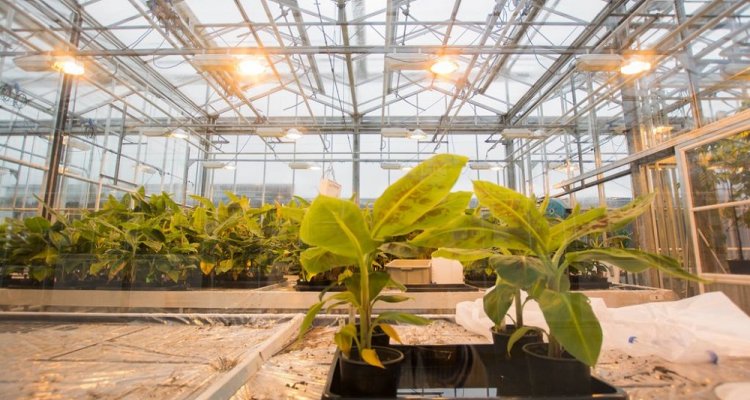
Project
Boosting regeneration
To make the transition to circular agriculture, it is essential to improve the resilience of crops to abiotic stresses, to produce more robust cultivars capable of dealing with different pests and diseases, to increase production with less chemical input, to facilitate a more sustainable glasshouse horticulture and lastly to allow the secure production of safe foods.
Genome editing
To realize this ambition, the deployment of new plant breeding techniques, especially genome editing, is a sinequa-non, an absolute requirement. The major bottle-neck to the successful application of these techniques, for all of the above indicated traits in any crop, is the possibility to REGENERATE entire plants from single edited of mutated plant cells. Also for other plant breeding expedients, e.g. anther culture, microspore development, embryo rescue, cell fusion and micropropagation, the process of REGENERATION is key. Plants are generally considered as being totipotent, meaning that potentially from any cell an intact plant can be (re)generated. Nevertheless, the process is very recalcitrant and dependent on species- or cultivar-specific physiological and genetic factors, which are still largely unknown. Regeneration being a bottle-neck for the broad application of multiple breeding techniques is acknowledged by breeding companies from across all sectors of agriculture and horticulture.
Taking away the regeneration barrier
The goal of this project is to reduce or take away the regeneration barrier by identifying genetic and external factors determining regeneration potential. We expect to identify common denominators of regeneration, allowing an increase of the regeneration capacity in multiple crops. We aim to tackle this problem using a combination of an innovative screen to identify bio-active peptides triggering regeneration and a novel system to transiently introduce large amounts of regeneration promoting gene products. Both these approaches are key technologies that will be used to boost the regeneration capacity and facilitate the speedy introduction of novel traits in future crops.